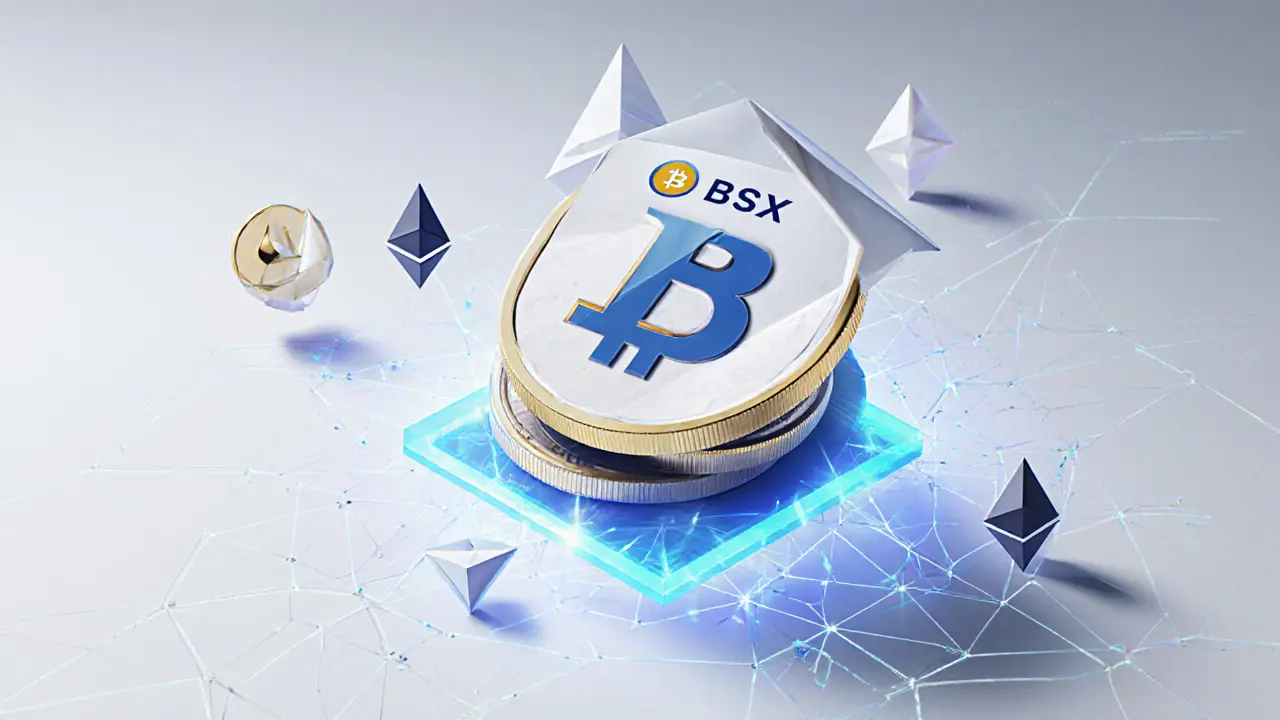BSX Coin: What It Is, How It Works, and Where to Find It
When you hear BSX coin, the native token of the Blockswap Network, used for staking, governance, and cross-chain liquidity provision. Also known as Blockswap Network token, it enables users to move assets between blockchains without relying on centralized bridges. Unlike meme coins or speculative tokens, BSX was built for real DeFi infrastructure—helping traders, liquidity providers, and protocols interact across Ethereum, Polygon, Arbitrum, and more.
BSX coin works behind the scenes in protocols that need fast, secure asset transfers. It’s not just a currency—it’s a utility token that rewards users who lock up their tokens to support liquidity pools. Think of it like contributing fuel to a decentralized highway system. The more BSX you stake, the more influence you have in voting on network upgrades, and the more rewards you earn from transaction fees. This model is similar to how other DeFi tokens like UNI or AAVE operate, but BSX focuses specifically on cross-chain interoperability, a growing pain point in crypto.
Related to BSX are key concepts like Blockswap Network, a decentralized protocol that connects liquidity across multiple blockchains using its own bridge and oracle system, and DeFi staking, the practice of locking crypto tokens to earn rewards while supporting network security and functionality. These aren’t just buzzwords—they’re the actual tools people use daily to move value without middlemen. You won’t find BSX on every exchange, but it’s listed on major DeFi-focused platforms like Gate.io and MEXC, and often paired with ETH or USDT.
What you’ll find in the posts below isn’t hype or fluff. It’s real analysis: how BSX fits into broader trends like cross-chain DeFi, why some traders avoid it due to low liquidity, and how staking rewards compare to other tokens. You’ll also see how BSX relates to other tokens like DOGS or BTH—some are meme coins with no utility, others are infrastructure tokens like BSX that actually keep systems running. If you’re trying to understand where real value lies in crypto beyond price charts, these posts cut through the noise.

